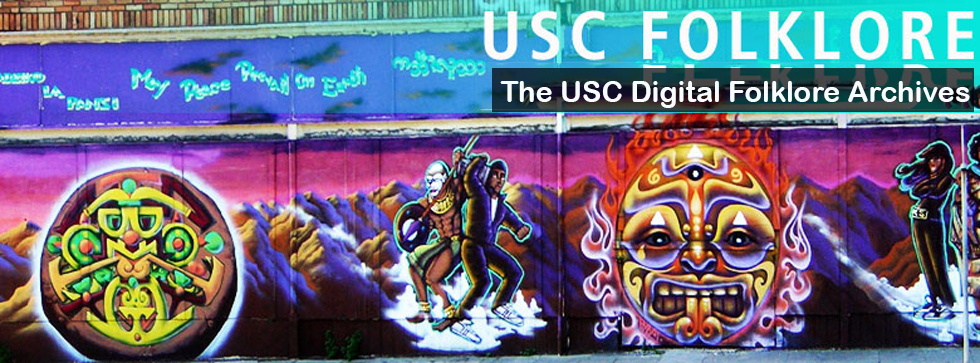Text:
In Burmese culture, people become spirits for a short time after they die. After someone dies, their loved ones will permit their spirit to occupy the house for seven days, after which they must be sent away by a Buddhist priest. My mother grew up in Burma (now Myanmar) and her family abided by this tradition. One of my mother’s aunts died when she was young – she was around 10-12 years old and living in Malaysia at the time. When it was time for the priest to send the spirit of her aunt away, my mom’s mother (my grandma) suddenly flew out of the chair she was sitting in, flew across the room near the priest and spoke with her dead sister’s voice. The priest confirmed that it was not my grandmother, and had a short conversation with my grandmother’s sister. She bid farewell to everyone, and my grandma was exhausted and didn’t remember much about the experience afterwards. My grandma classifies herself as “lait pya”, or susceptible to being possessed. A very similar possession happened much later in her life, after she and the rest of my mother’s family immigrated to the United States. Another of my mother’s aunts passed away and after seven days a Buddhist priest was summoned to send her spirit away. This time, my possessed grandmother’s voice was only gargling sounds; the aunt that passed away died from laryngeal cancer and had a tracheostomy – she wasn’t able to speak but she was able to make that noise.
Context:
My mother was actually present at this event, although she did also hear other similar stories from my grandmother herself. She feels forced to believe in the spirits because of how many examples there are and because she actually witnessed a few instances of possession. She still isn’t sure if she believes in any sort of afterlife, but she was upset that her parents didn’t possess anyone or try to contact her after their deaths.
Analysis:
In Burmese culture, spirits are seen as a much more natural phenomena than in Western or American culture, where we treat them as anomalies (ghosts). Most don’t think much of them – they believe they exist and stay around the house for a week after a death. How could they not? This story confirms that belief, and there’s just too much evidence and too many witnesses to call it something else. Therefore, the story’s purpose is to assure Burmese family members that this phenomenon does exist. It’s just one of many spirit or ghost stories that all work together to provide logical proof for a cultural belief.
